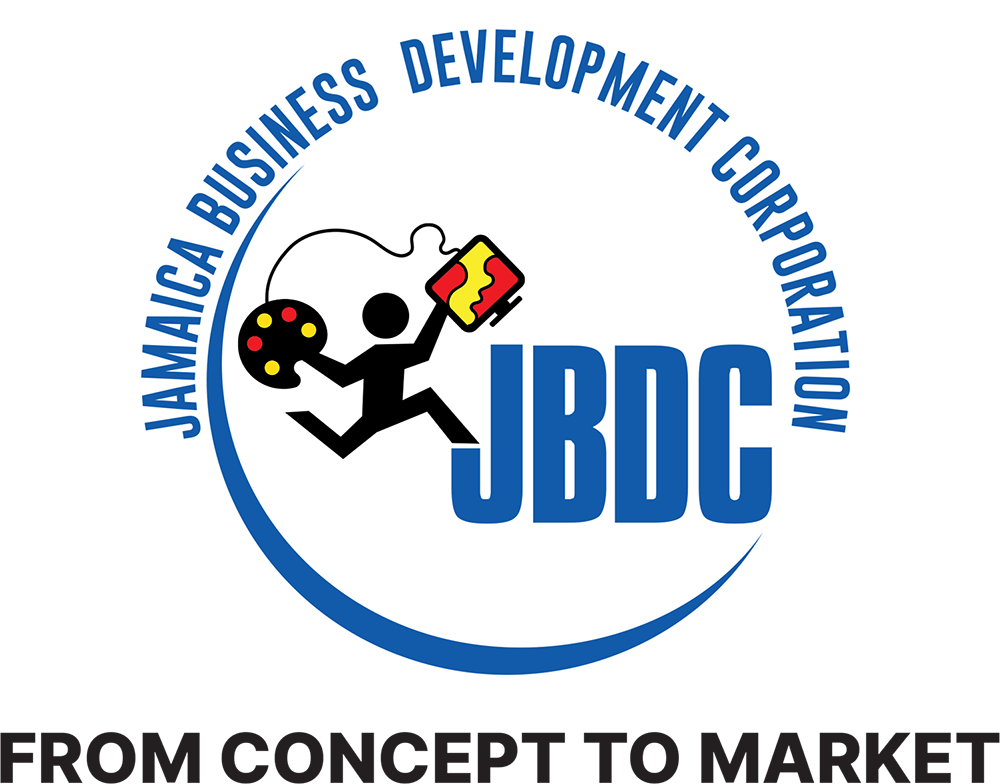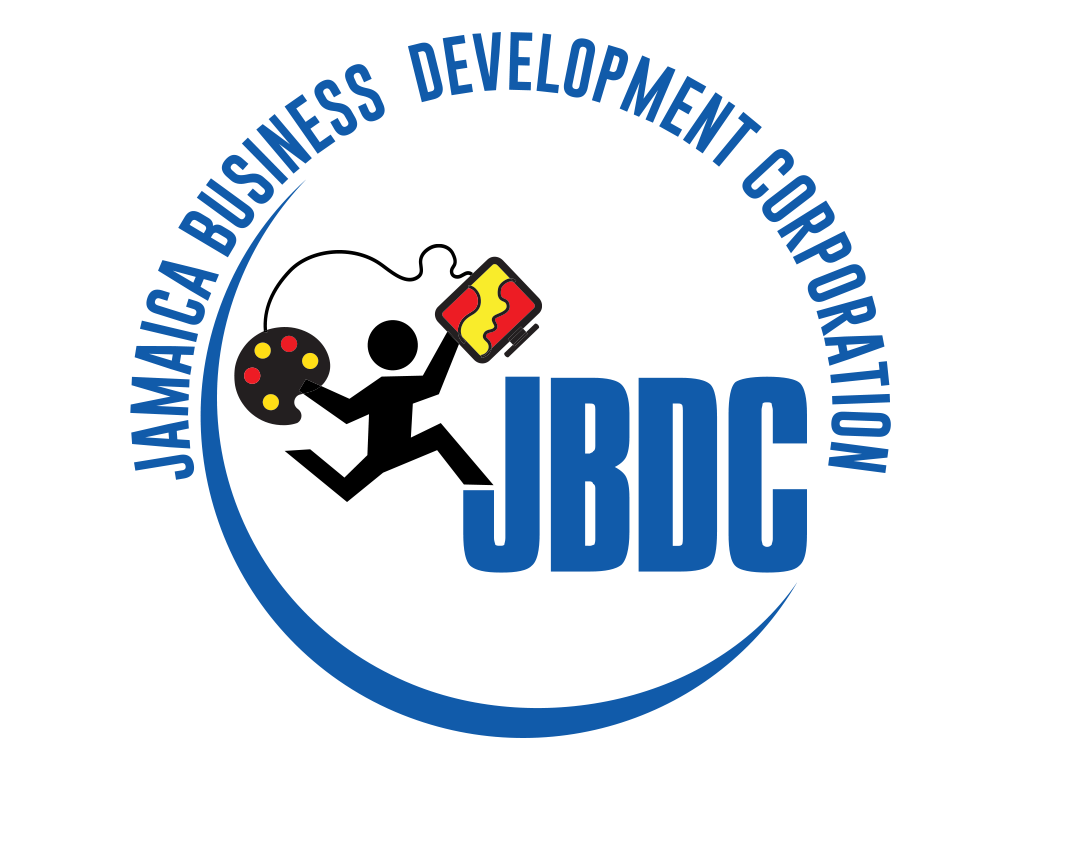Have you ever seen a product for the first time at the supermarket and even without tasting it, you knew it was awesome? Now that’s the power of a package and labelling. While you focus on creating an outstanding product, it’s essential not to overlook the crucial role packaging plays in the overall success of your product.
Entrepreneur defines packaging as, “the wrapping material around a consumer item that serves to contain, identify, describe, protect, display, promote and otherwise make the product marketable and keep it clean.” On the other hand, the label is a part of the packaging that contains written information about the product.
“If you think about a human being and how they dress, put themselves together and what is viewed as attractive or appealing to turn the heads, it would be the same for packaging,” Janine Taylor, Marketing Services Manager at the Jamaica Business Development Corporation (JBDC) explained.
In this week’s Entrepreneur Weekly, we will delve into the things to consider when choosing that perfect package. Colin Porter, Technical Services Manager at the Incubator & Resource Centre joined this week’s edition to give us the details.

1. Protection
The packaging must protect the product during transportation and storage, ensuring it reaches the customer in pristine condition. Porter stresses the importance of the protective function of a package, “The first thing you must consider is protection. One of the questions you must ask is does the package protect the product appropriately? If it is a bottle does the bottle need to be clear or tinted in a particular colour to protect the ingredients inside? Similarly, if it is in a carton or a box is the box strong enough to protect the product?”
2. Consider Sustainability and Availability
In today’s environmentally conscious world, sustainable packaging has become a significant factor in consumers’ purchasing decisions. The availability of the package selected is equally important. Entrepreneurs should strive to minimise the environmental impact of their packaging choices. Explore eco-friendly materials, recyclable or biodegradable options, and consider reducing excess packaging wherever possible.
But do not make the common mistake of sourcing hard to get packages, Colin porter says, “You want to ensure that the packaging solution that you use is available throughout the life or the run of the product. So, you don’t want to start putting it in one container and then, you can’t get back that container to package your product”.
3. Emphasise Functionality
While aesthetics is crucial, the functionality of your packaging should not be overlooked. Consider the size, shape, and materials of the packaging, as well as any special features required to enhance usability or convenience for the customer. Where are you selling the product? Is it at local supermarket or are you exporting? The type of packaging must be considered. Colin Porter explains that the package must be “handleable, stackable and uniformed on a shelf”.
Three types of packaging are primary, secondary and tertiary packaging. Primary packaging is the package that the consumer would most likely make direct contact with. You see these on shelves, in stores and supermarkets. These include plastic bottles for juices, and jars for jams. The main purpose of primary packaging is to protect and preserve the finished product. Secondary packaging groups the primary package. This type of packaging makes it easier for the transportation of products in small quantities.
It is critical, Porter says, to put handling messages on these packages, “Turn it this way up, Fragile, Handle with care”, are some of the common instructions. Tertiary Packaging is referred to as transit packaging or bulk packaging. This type of packaging is used to group larger quantities of secondary packaging from one point to the next, especially for export purposes, such as pallets.

4. Reflect Your Brand Personality
Your product’s packaging should be an extension of your brand story, identity, and values. Consider what you want your brand to be in the eyes of the target audience. The colours, fonts, graphics, and overall aesthetics should align with your brand’s personality. “When you see a Red Stripe, you know a Red Stripe product,” Janine added.
In a crowded marketplace, it’s essential to make your product packaging stand out. Invest in eye-catching designs, innovative shapes, and attention-grabbing visuals that captivate your target audience’s attention. Consider the psychology of colors and the impact they have on consumer behavior. A well-designed package that stands out from competitors can pique interest, create curiosity, and drive potential customers to choose your product over others. A well-designed package creates a lasting impression and helps consumers recognise and remember your brand in the sea of competition.
5. Communicate Product Information
Packaging serves as a valuable medium to communicate important information about your product to consumers. Clearly display essential details such as product name, description, ingredients/materials used, instructions for use, and any relevant certifications or safety warnings. Use concise and engaging content that informs and educates customers, helping them make informed purchasing decisions.
Colin Porter, emphasises the importance of information on the product label, “The label is critical because it carries a lot of information. The label has your brand on it which makes it identifiable. It tells you the contents, it tells you how to use it, so it gives the consumer a lot of information to must have. It is also important from a regulatory point of view, because the regulatory bodies will have to confirm that the information on the label is accurate”.
The Bureau of Standards Jamaica (BSJ) outlines the information that must be on the label of a product before it is introduced to the market.
The basic requirements include:
- Product name
- Net quantity declaration
- Name and Identifiable Address of Manufacturer/Distributor/Packer
- Country of Origin
- Ingredients Listing
- Nutritional Information
- Instructions for use or handling
- Storage Instructions
- Precautionary Statement
- Language must be English
- Date mark
- Batch code
For packaging and labelling specific categories of goods there are different standards. Well-presented product information also enhances transparency and fosters trust with your target audience.
Packaging at JBDC’s Incubator & Resource Centre
Effective packaging is a critical aspect of your product’s success. By considering the five key factors mentioned above—brand identity, functionality, product information, sustainability and availability—you can create packaging that not only protects your product but also enhances its overall value proposition. As an entrepreneur, investing time, effort, and resources into thoughtful packaging will undoubtedly yield positive results, making your product more memorable, desirable, and ultimately, more successful in the market.
The JBDC is a one-stop-shop for taking your product ‘From Concept to Market’ and that includes developing a label that turns heads, while adhering to the market’s regulations. The Technical Services Unit at the IRC takes the hassle out of your product development journey by helping you to choose sustainable and available packages that reflect your brand and protects your products.
Visit www.jbdc.net to book your consultation with an expert Product Development Officer at the JBDC’s IRC.
Author









